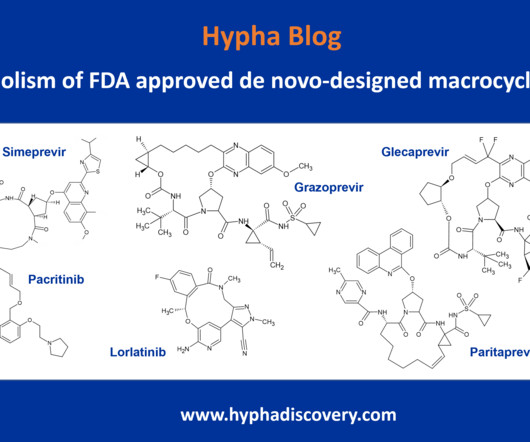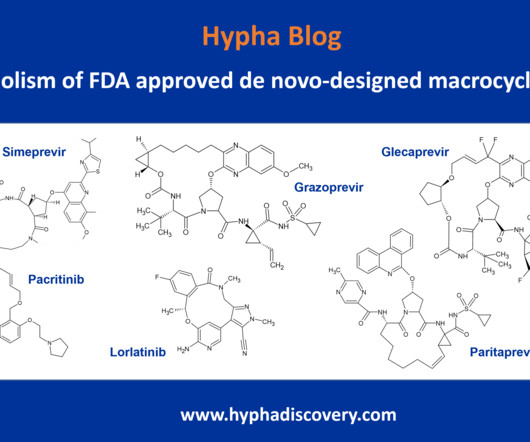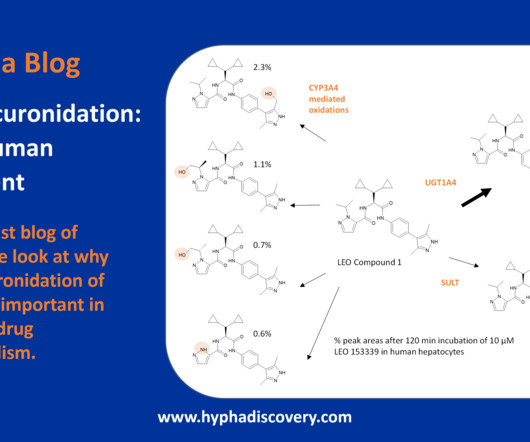Metabolism of macrocyclic drugs
Metabolite Tales Blog
JULY 5, 2023
Metabolism of de novo-designed macrocyclic drugs approved by the FDA By Julia Shanu-Wilson To date, only 4% (67) of FDA approved drugs are macrocycles [1]. Not only this, the reduction in rotatable bonds and consequent reduction in susceptibility to metabolism is an additional benefit [4].











Let's personalize your content